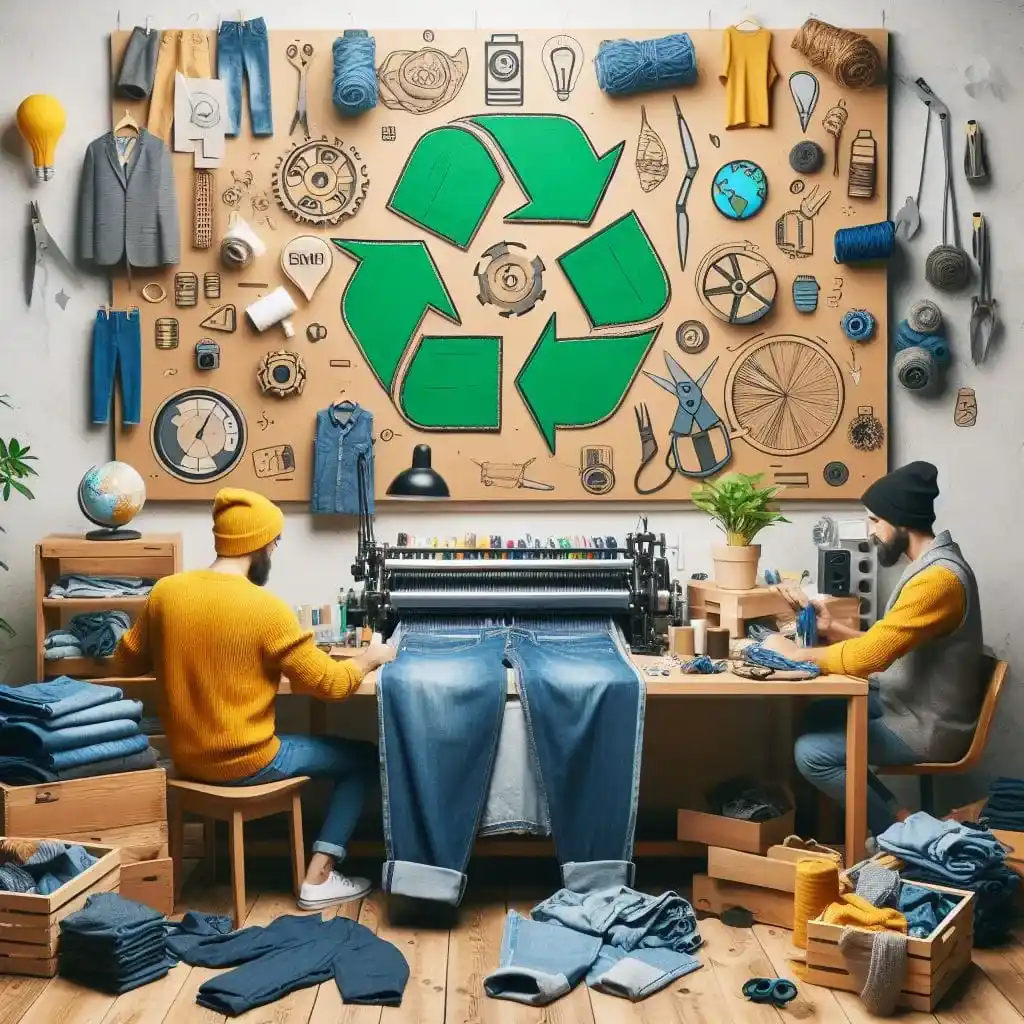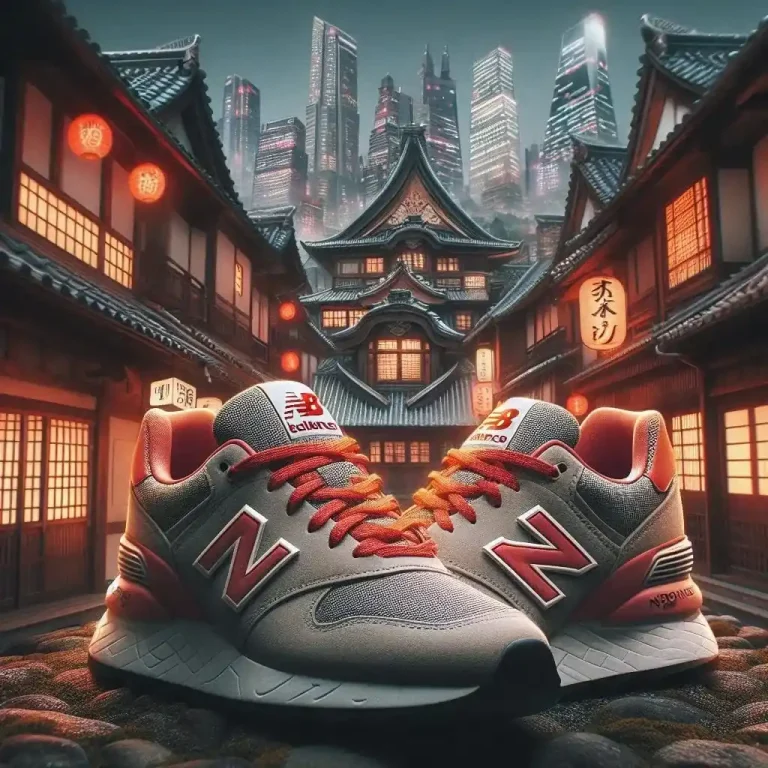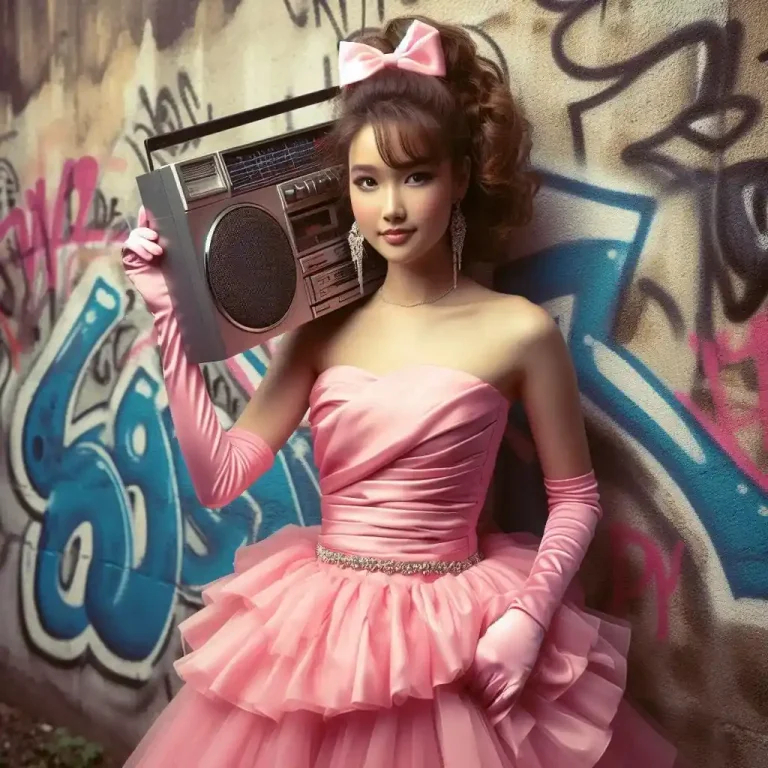Giving New Life to Old Clothes: The Process of Making Recycled Fabric

When it comes to sustainable fashion, one of the key elements is using recycled materials. This not only reduces waste but also helps to conserve resources and energy. One way to incorporate recycling into fashion is through making recycled fabric.
Recycled fabric, is also known as upcycled or regenerated fabric. Let’s explore the process of how old clothes can be transformed into new, wearable fabric.
Collection of Old Clothes
The first step in making recycled fabric is collecting old clothes. These can be second-hand garments, damaged items, or worn pieces.
It’s important to sort through the collection and remove any non-recyclable materials. This includes buttons, zippers, and trims.
Sorting and Cleaning
Once the old clothes have been collected, they are sorted according to fabric type. This allows for more efficient processing and ensures a higher-quality end product.
Next, the clothes go through a cleaning process where any stains or dirt are removed. This is important because it ensures the recycled textile is clean and safe.
Shredding and Breaking Down
After the cleaning process, the old clothes are shredded into smaller pieces. This allows for easier handling and processing.
Then, the fabric is broken down into fibers through mechanical or chemical processes. Mechanical processes involve shredding and carding the fabric. Meanwhile, chemical processes use solvents to dissolve the fabric into a pulp.
Spinning and Weaving
The fibers are then spun into yarn, which can be used to make new fabric. This can be done through traditional spinning methods. Or, even innovative techniques such as air-jet spinning. The yarn is then woven into fabric using a loom, like the process of making new fabric from raw materials.
Finishing
Once the fabric is woven or knitted, it undergoes various finishing processes. This is to improve its appearance, texture, and performance. This may include treatments such as dyeing, printing, brushing, or adding a protective coating.
Quality Control
Throughout the entire process, quality control measures are implemented. This is to ensure that the recycled fabric meets the desired standards for strength, color consistency, and quality, in compliance with certifications such as the Global Recycle Standard.
Distribution and Use
The recycled fabric is ready to be distributed and used by fashion brands and designers. It can be turned into new clothing, accessories, or even household items like upholstery or curtains.
Benefits of Using Recycled Fabric
One of the main benefits of using recycled fabric is reducing waste. By giving old clothes a new life, we are diverting them from landfills and reducing the environmental impact of fashion.
Using recycled fabric also conserves resources and energy. It takes less water, energy, and chemicals to make recycled fabric compared to using raw materials.
Additionally, there is a growing demand for sustainable fashion, and using recycled fabric allows brands to meet this demand while promoting circularity in the industry.
Explore the Process of Making Recycled Fabric with this Guide
Making recycled fabric is a complex process. It’s a sustainable solution to reducing waste and conserving resources in the fashion industry. By incorporating recycled fabric into our wardrobes, we can make a positive impact on the environment while still enjoying stylish and high-quality clothing. So next time you’re shopping, consider choosing items made from recycled fabric to support a more sustainable fashion industry.
Is this article helpful? Keep reading our blog for more.






